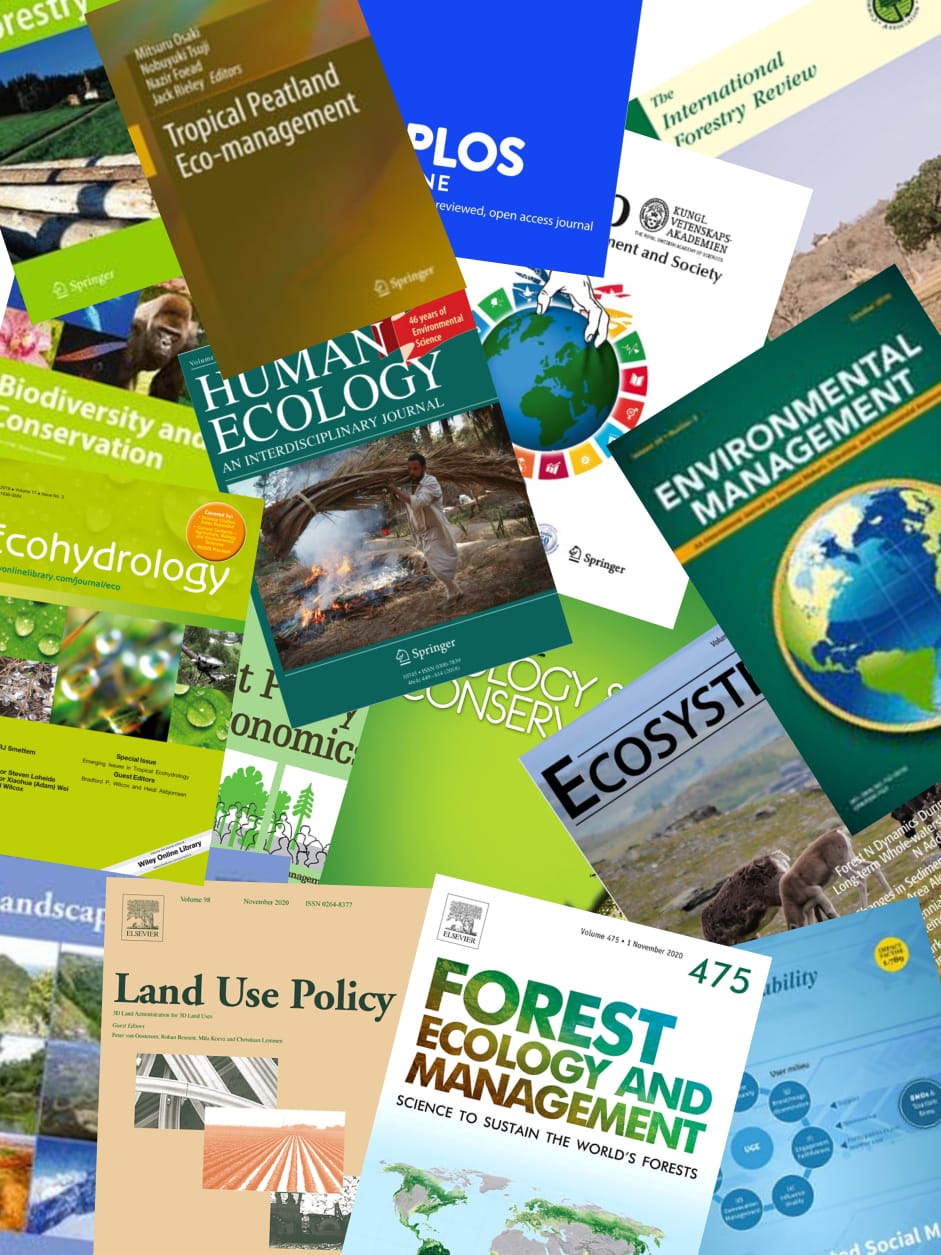A comprehensive assessment of fine particulate matter (PM2.5) compositions during the Southeast Asia dry season is presented. Samples of PM2.5 were collected between 24 June and 14 September 2014 using a high-volume sampler. Water-soluble ions, trace species, rare earth elements, and a range of elemental carbon (EC) and organic carbon were analyzed. The characterization and source apportionment of PM2.5 were investigated. The results showed that the 24 h PM2.5 concentration ranged from 6.64 to 68.2 mu g m(-3). Meteorological driving factors strongly governed the diurnal concentration of aerosol, while the traffic in the morning and evening rush hours coincided with higher levels of CO and NO2. The correlation analysis for non sea-salt K+-EC showed that EC is potentially associated with biomass burning events, while the formation of secondary organic carbon had a moderate association with motor vehicle emissions. Positive matrix factorization (PMF) version 5.0 identified the sources of PM2.5: (i) biomass burning coupled with sea salt [I] (7%), (ii) aged sea salt and mixed industrial emissions (5%), (iii) road dust and fuel oil combustion (7%), (iv) coal-fired combustion (25%), (v) mineral dust (8%), (vi) secondary inorganic aerosol (SIA) coupled with F- (15%), and (vii) motor vehicle emissions coupled with sea salt [II] (24%). Motor vehicle emissions, SIA, and coal-fired power plant are the predominant sources contributing to PM2.5. The response of the potential source contribution function and Hybrid Single-Particle Lagrangian Integrated Trajectory backward trajectory model suggest that the outline of source regions were consistent to the sources by PMF 5.0.
View source

